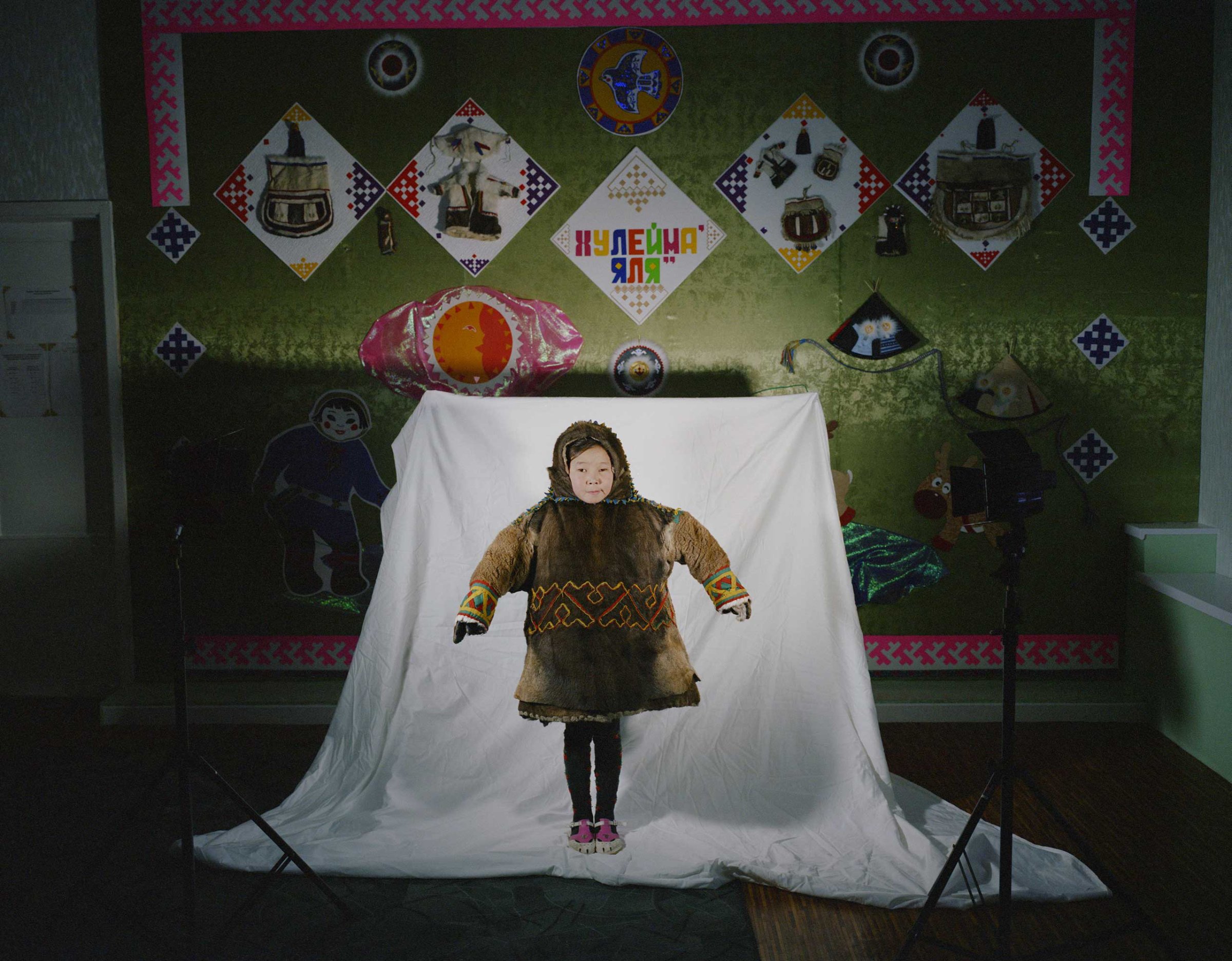
The indigenous Nenets people in Russia’s distant arctic tundra region have lived nomadic lives for thousands of years, herding their reindeers across some of the harshest terrain on earth, where winter temperatures plummet as low as minus 25 degrees Fahrenheit. But at a boarding school near the coal-mining town of Vorkuta, in northwestern Russia, young Nenets children leave their communities for a more conventional lifestyle: from autumn to spring, they settle into the two-story school to take regular lessons like their counterparts elsewhere in Russia. “It is a complete change for them,” says Ikuru Kuwajima, a Japanese photographer currently based in the Russian city of Kazan.
Kuwajima travelled to the school at the beginning of November last year, after hearing about it on an earlier trip to Vorkuta. Some of the boarders at the government-run school are as young as three years old when they arrive. “But they don’t lose their traditional lifestyles. They go back [to their communities] every summer,” says Kuwajima. Away from the school, they learn to herd reindeers and live in the Nenets’ distinctive mobile tents know as chums. At school, they keep in touch with their roots thanks to Nenets-themed decorations—and even mini-chums provided by the school to teach them about their heritage. “It’s like a balancing act for them, between [the] tundra and the school,” says Kuwajima.
To recall their roots in the icy tundra, Kuwajima photographed the boarders at the school near Vorkuta against a white background. The stark backdrop also serves to highlight the difference between where the children come from, and where they find themselves. In some of Kuwajima’s photos, young children pose in front of the white sheet dressed in traditional Nenets clothing, the kind their ancestors would have worn. But just beyond lies the modern reality that these particular Nenets kids inhabit—a classroom, say, with a blackboard and rows of tables and chairs that schoolchildren around the world would instantly recognize.
“By adding the white background in some pictures, I indicated the border that separates the two conflicting factors—traditional and modernized,” says Kuwajima.
The school, explains Kuwajima, is a bridge between the traditional world of the Nenets and a modern, more globalized reality. “They learn how to live in a city like Vorkuta but they also learn about the tundra lifestyle,” he says. It opens up a new world for the children. But for many, the pull of home—of the traditions of their ancestors—remains the strongest. “Although the school gives them a different option for the future, a lot of graduates prefer to go back to the traditional [Nenets] lifestyle. That’s the option they choose.”
Ikuru Kuwajima is a photographer based in Kazan, Russia. His work on the young Nenets students is chronicled in his photobook, Tundra Kids, published by Schlebrügge.Editor and available at Anzenberger gallery bookshop.
Nikhil Kumar is TIME’s South Asia Bureau Chief. Follow him on Twitter@nkreports.
Mikko Takkunen, who edited this photo essay, is the International Photo Editor at TIME.com. Follow him on Twitter @photojournalism.

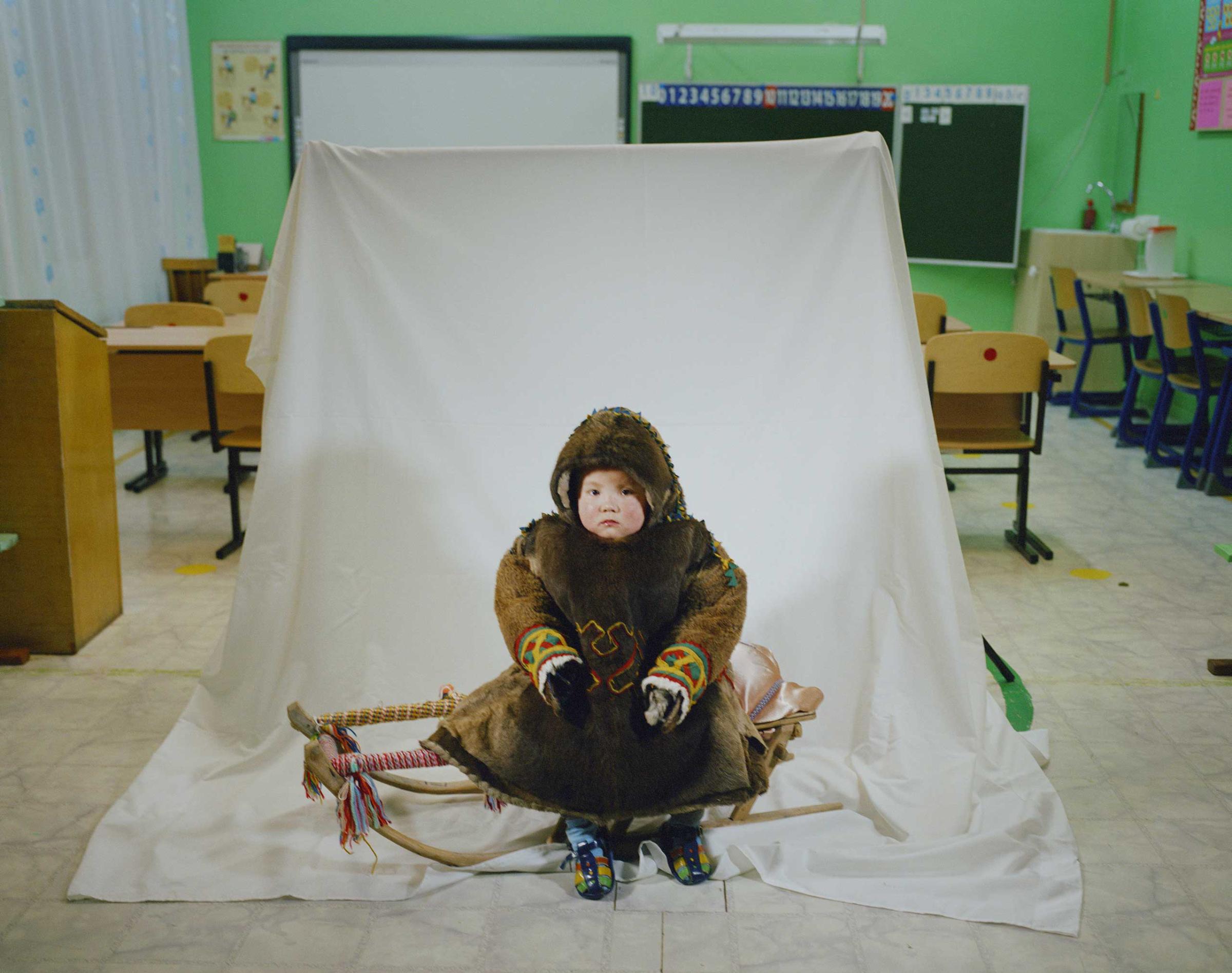

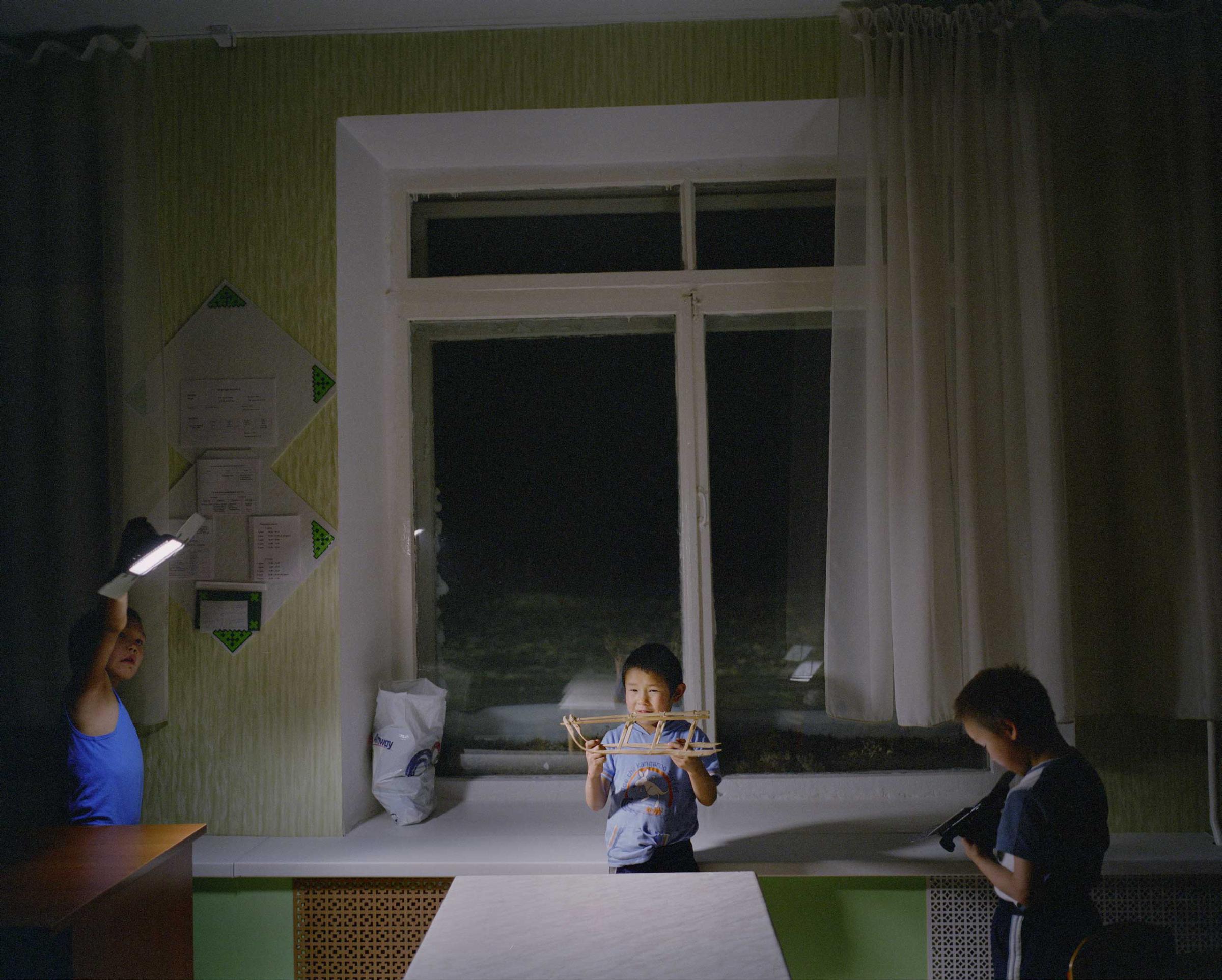
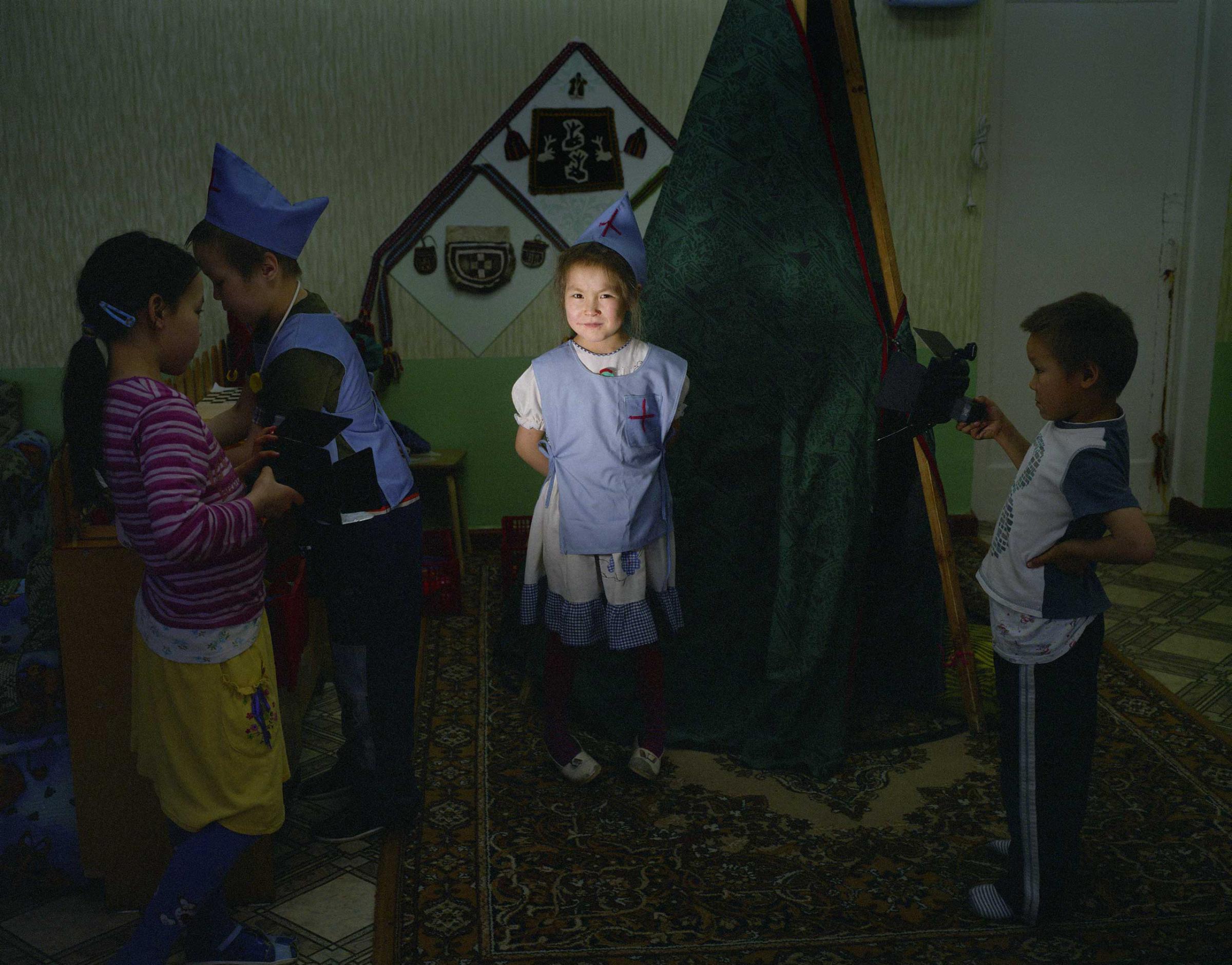
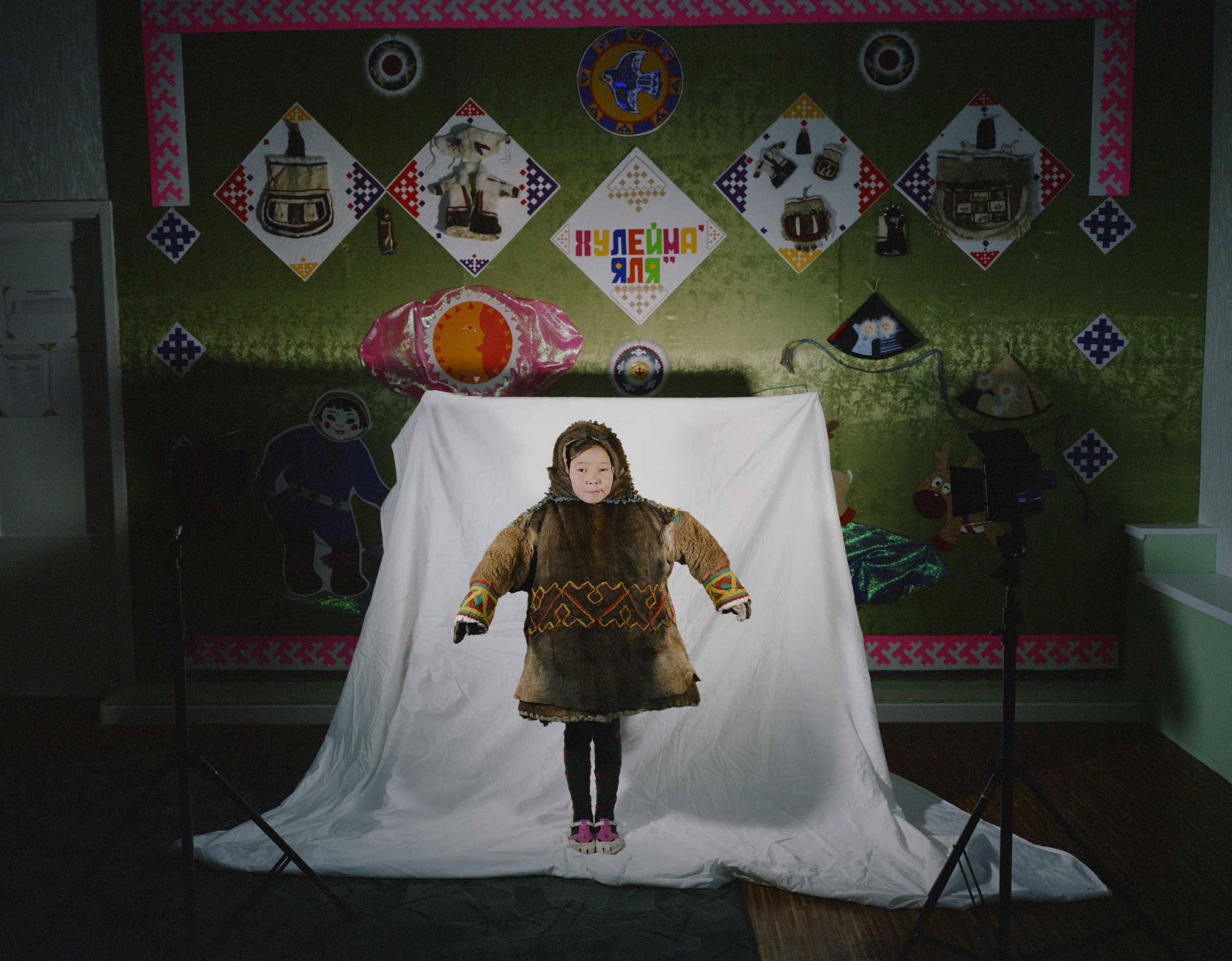
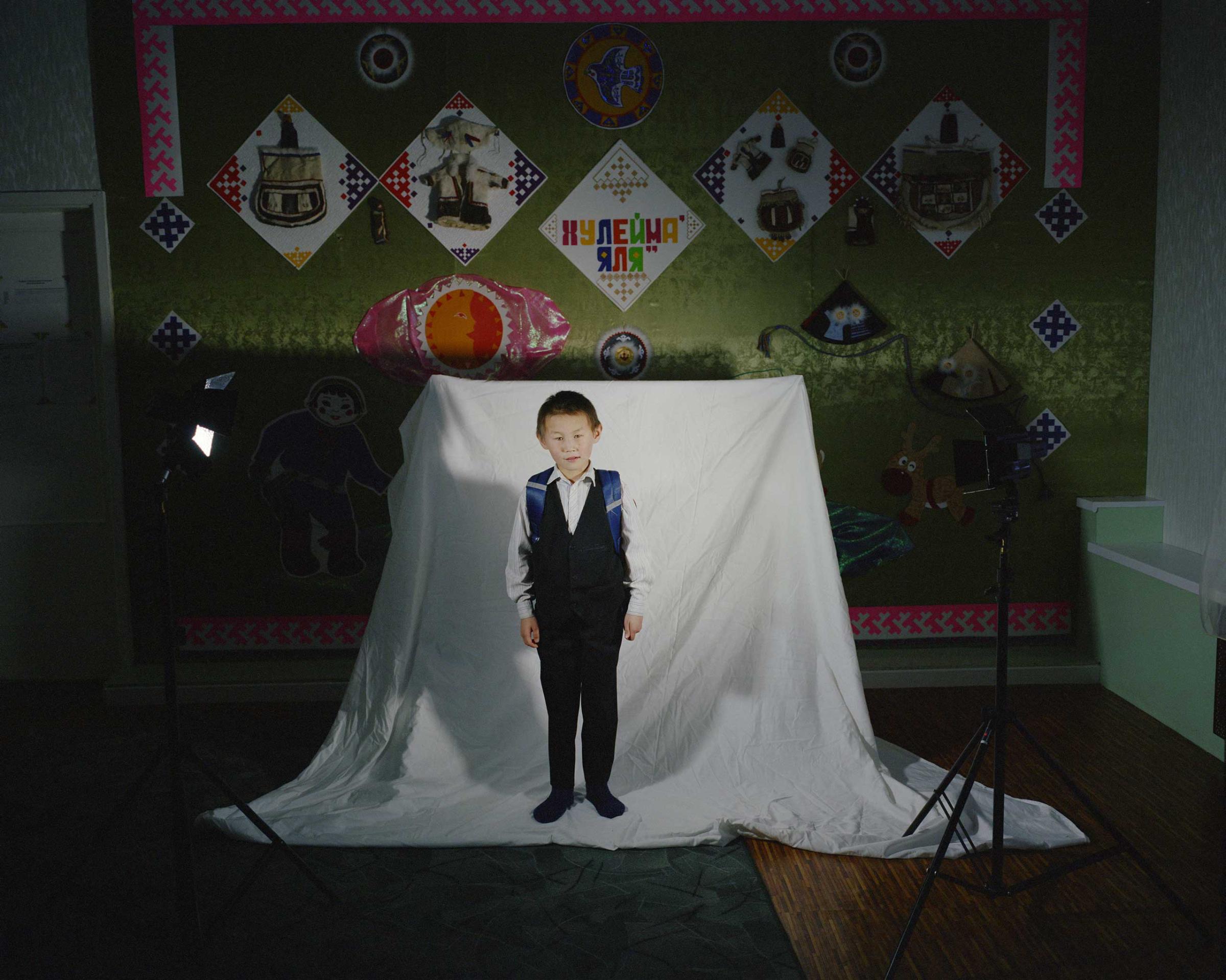



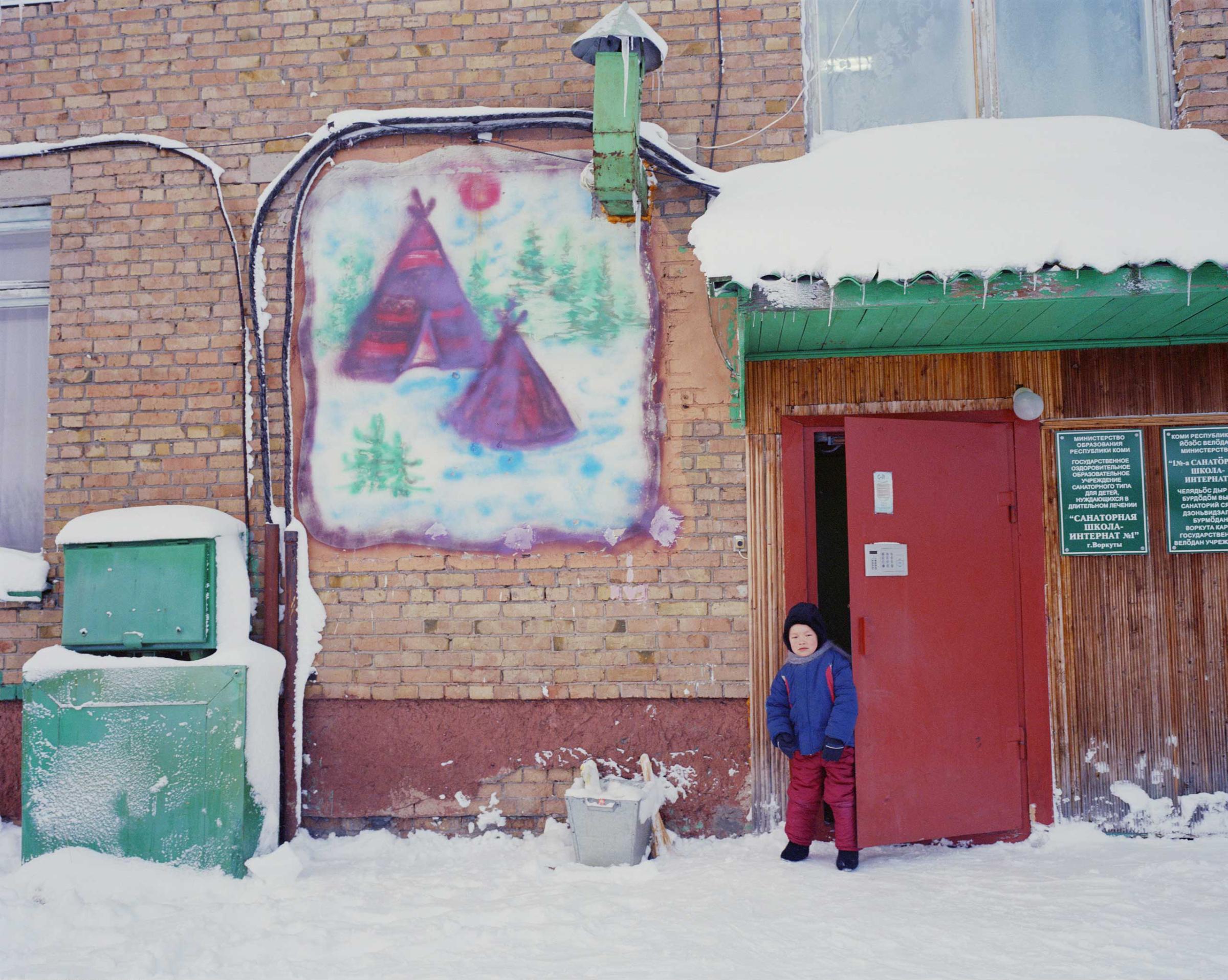
More Must-Reads from TIME
- Why Trump’s Message Worked on Latino Men
- What Trump’s Win Could Mean for Housing
- The 100 Must-Read Books of 2024
- Sleep Doctors Share the 1 Tip That’s Changed Their Lives
- Column: Let’s Bring Back Romance
- What It’s Like to Have Long COVID As a Kid
- FX’s Say Nothing Is the Must-Watch Political Thriller of 2024
- Merle Bombardieri Is Helping People Make the Baby Decision
Contact us at letters@time.com